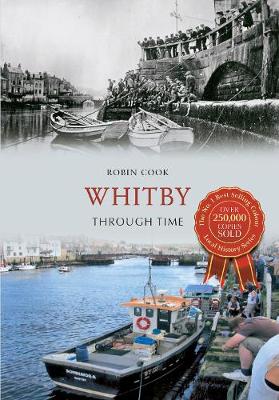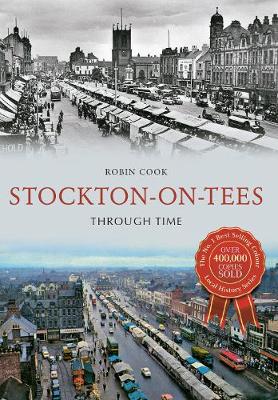Through Time
3 total works
Teesside and Old Cleveland Through Time is a unique insight into the illustrious history of this part of Yorkshire. Reproduced in full colour, this is an exciting examination of the well-known streets and famous faces, and what they meant to the people of this area throughout the 19th and into the 20th Century. Looking beyond the exquisite exterior of these well-kept photos, readers can see the historical context in which they are set, and through the author's factual captions for every picture, and carefully-selected choice of images, the reader can achieve a reliable view of the local history. There is something for everyone here, whether they have lived here all their lives, or whether they are just visiting the area for the first time. Teesside and Old Cleveland Through Time also shows how photography has continually evolved to keep up with an ever changing society.
Famous for its attractive scenery, abbey, trademark jet jewellery and Dracula, it could be argued that Whitby needs little introduction. But as this volume sets out to show, there is far more to Whitby. The Abbey, of course, is the best-known and loved building here, but perhaps fewer people know of the important role it played in shaping the development of the church in England. And while the jet industry has a long history, boatbuilding, fishing and whaling were the lifeblood of Whitby before it became a popular tourist destination from the Victorian period onwards. That is not to say that Whitby's picturesque aspect and gothic influences are not to be celebrated. Indeed, the beauty of Whitby is that it has retained all these elements of its past and more, and that the town remains relatively unspoilt - as this colourful collection of images captures in vivid detail.
The market town of Stockton-on-Tees, or 'Stockton' as it is known locally, began life as an Anglo-Saxon settlement on the northern bank of the River Tees. Following the granting of its market charter in 1310, the town emerged as a busy port, exporting wool and importing wine to meet the demands of the upper classes. Although bustling, medieval Stockton was still a relatively small, quiet town and would remain so for centuries. This, however, would all change from the end of the eighteenth century as the Industrial Revolution progressed. It was at this time that Stockton developed from a minor market town into a thriving hub of heavy industry. During the twentieth century, heavy industry declined, and since the 1980s the services industry has grown significantly. Today, Stockton is changing as development takes place in the town centre and the north bank of the River Tees.


